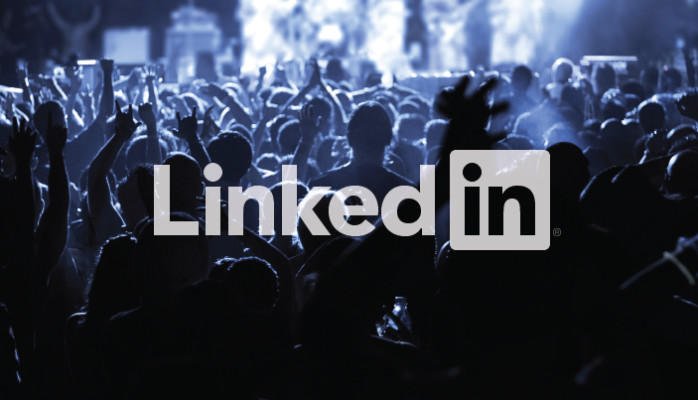
More and more these day’s friends and colleagues are asking how I leverage my network. To that end I wanted to share some thoughts that anyone can incorporate to better utilize their network and LinkedIn (LNKD). I first joined LinkedIn as an early adopter, back when it came out in 2003. I joined for the same reason so many people do: I saw it as the most effective way to leverage my network. And since that time, I’ve learned quite a few lessons in how to make the most out of this networking platform. Here are just the top ten:
When you’re in search of a job or consulting opportunities, your first stop should be LinkedIn. The network has a wide reach, so you’re guaranteed to find a few viable options. All it takes is a quick keyword search. If you have a dream company in mind and could use an introduction, with the advanced search feature, you can easily find connections within your network.
If you’re looking to hire, don’t underestimate the power of LinkedIn, either. There’s an excellent chance someone within your network knows a qualified candidate looking for a job. Because people are more likely to hire someone who’s been vouched for by a shared connection, a good reference goes a long way. And the same goes for the reverse: don’t hesitate to tap into your network to help out a friend.
LinkedIn is valuable far beyond the job search process. If you have a business-related question and are in need of some expert advice, try leveraging the collective knowledge of your network. Have on hand a list of the top 20 people in your network who you can go to with these types of requests. Think of it as your virtual advisory board.
If you need to get in touch with a specific company, just ask your network. You’d be surprised by how many people will know someone. And the vast majority of people in your network will be more than willing to help. That being said, don’t be too greedy when it comes to these types of requests. (Open offer: If I’m connected to someone you’d like to get in touch with, just send me a note. I’m happy to help.)
Have a potentially brilliant idea and need to bounce it off someone? Go to LinkedIn. Chances are your network is plenty diverse with many types of contacts — from VCs to CEOs. There’s someone available to tell you whether or not that idea might float.
Try out LinkedIn as a publishing platform. One of the best ways to grow your network and establish your credibility is to share your thoughts on the industry. I took up writing a few years ago by just riffing on relevant topics that I came across. The results have been great in terms of getting more exposure and receiving inbound leads. Even if you don’t consider yourself to be a thought leader or prolific writer, I highly encourage you to give it a shot. You don’t know the impact your knowledge and experience can have.
I can’t stress this enough: If you don’t know me, don’t send a request. It’s a waste of both your time and mine. And if you’re still going to connect with me anyway, then please at least personalize the invitation. But the biggest thing I can’t stand? When people invite me to join their network and then turn around and solicit me. That’s an easy way to be unfriended immediately.
With so many methods of communications these days, it’s easy to forget about InMail. But it’s a great tool for reaching out to people, especially when you don’t have any other contact information. When you do send a message, make sure it’s personal, brief (approximately one or two paragraphs), and references a common connection if you have one.
If you’ve ever come across someone in our network and can’t for the life of you recall how the two of you met, then this tip is for you: Add notes to your connections with details on how you know them. It’s definitely a tool underutilized by many.
But most of all, don’t be shy! After all, this is a social network. You’re on LinkedIn for a reason, so you might as well actually use it. Take time to invest in effectively leveraging your connections. When your career skyrockets, you’ll be happy you did.















Leave A Comment